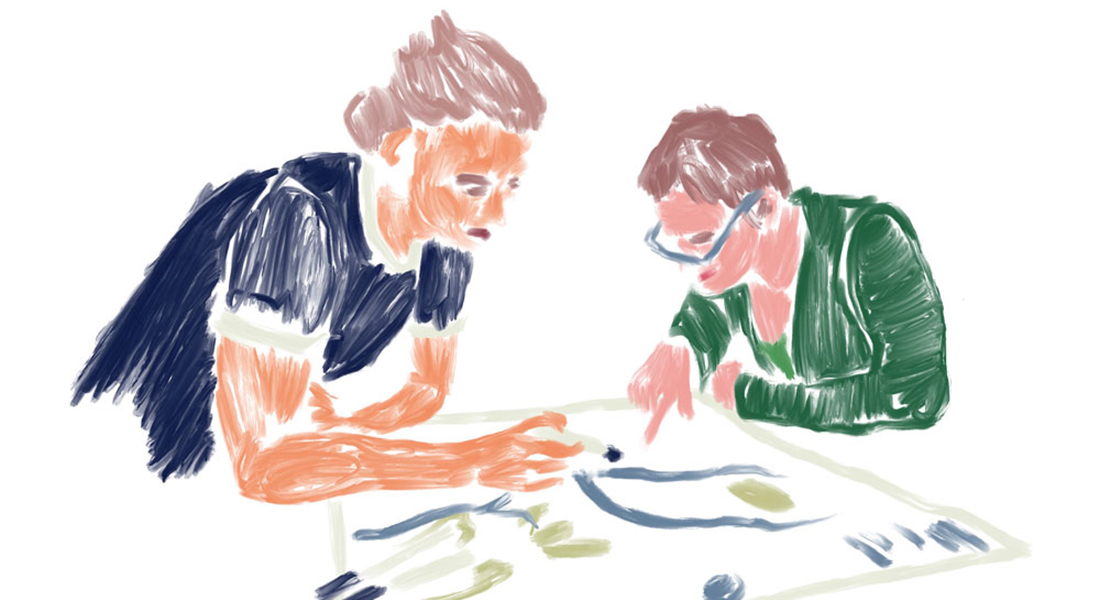Heidi Svenningsen Kajita
hsk@ign.ku.dk
Stories as solutions
How we create sustainable cities and landscapes

Climate crisis, increasing social inequality and population growth. The challenges of the world are queuing up and are both complex and affect each other as well as the livelihoods in cities and in the countryside. Solving the problems therefore requires cooperation across disciplines and new ways of looking at the problems.
Department of Geosciences and Natural Resource Management at the University of Copenhagen has therefore assembled a group of researchers and in a series of joint writing workshops asked them to move away from the more classic scientific genre and instead write a narrative based on the question of how cities and landscapes become more sustainable and fair.
These stories have now been brought together in the joint publication 'Stories as Solutions: Thirteen stories of sustainable solutions for cities and landscapes'.
Read the release here
https://static-curis.ku.dk/portal/files/368727740/scan_2023_09_27_UK.pdf
When you write a story, you use your imagination to imagine something that does not yet exist. And it can open up completely new ways of thinking through professional and socially relevant issues. The working method is called 'stories as solutions'.
With different writing, knowledge and perspectives, the researchers have written about everything from the urban life of silent populations to the properties of small parks and reflections on cities' greenhouse gas accounts.
The researchers come from the fields of landscape architecture, urban planning, urban life studies, physical and social geography, anthropology, cultural studies and micro-meteorology.
Stories as Solutions is a method that uses writing stories as a way to activate our imagination and create new solutions.
Narratives can help us understand which solutions we should work towards, why and how. Just as narratives, unlike many other methods, can easily bind together otherwise incompatible forms of knowledge, publics and platforms. The stories are therefore in themselves part of finding solutions.
The method was developed with inspiration from 'Writing Academic Texts Differently' edited by Nina Lykke (Rotledge, 2014).
The book provides various instructions on how researchers and research collectives can work with writing and narrative methods that differ from the classic academic genres by drawing on, for example, personal, lived experience, anecdotes, situation descriptions or cultivating a personal writing style. By working in a reflective and structured manner with writing in facilitated writing communities, it is possible to find new ways of thinking through academic and socially relevant issues.
Contributors
Anne Gravsholt Busck
“Collaboration for Sustainable Climate Solutions”
Trine Agervig Carstensen
“Urban Lives of Silent Citizens Groups”
Thomas Friborg
“Greenhouse Accounting for Cities – a personal research report”
Lise Herslund
“Transforming Dead Spaces in South African Cities into Climate Parks”
Mette Juhl Jessen
“Narrating Future Landscapes"
Gertrud Jørgensen
“Imagining Rural Futures – And Realising Them”
Anton Stahl Olafsson
"Participatory Mapping: If I t's Not on the Map, It Doesn't Count!”
Heidi Svenningsen Kajita
"Activating document stories"
Megan Maurer
"Small Parks as Solutions for People and the Planet?"
Rikke Munck Petersen
“Filmmaking as Caring Worldmaking"
Lasse Møller-Jensen'
“Hotspots for Mobility Restrictions Due to Flooding in Accra"
Christine Benna Skytt-Larsen
“Meeting Places for Mitigating Social Isolation?"
Henriette Steiner
“Weaving Stories"
Book release: 2023
The book's editors:
Heidi Svenningsen Kajita
Gertrud Jørgensen
Henriette Steiner
